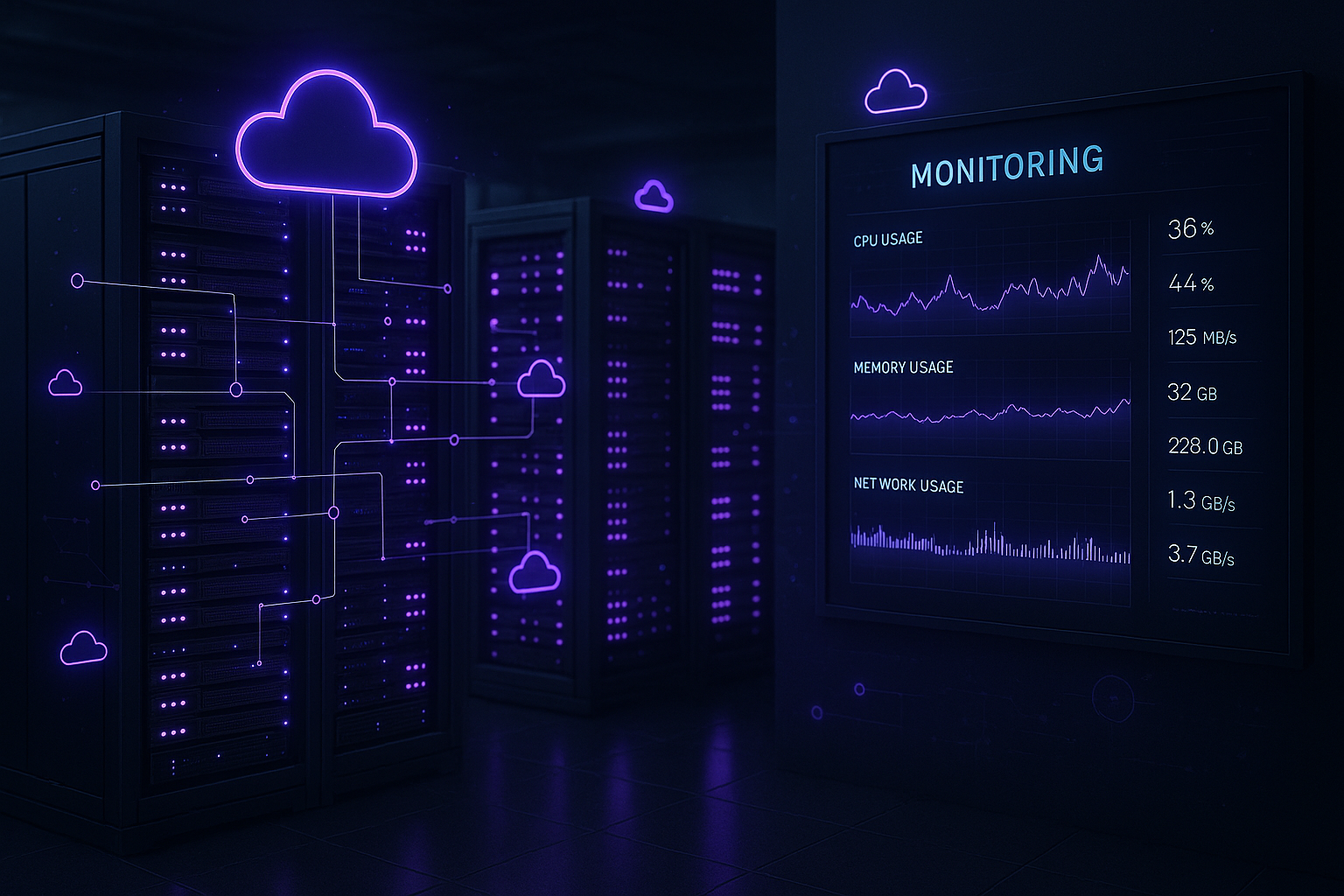Building Scalable AI Solutions: Best Practices for Enterprise
Learn the essential strategies and best practices for implementing AI solutions that can grow with your business and deliver lasting value.

Implementing AI solutions at enterprise scale requires careful planning, robust architecture, and a strategic approach to ensure long-term success. Unlike smaller implementations, enterprise AI solutions must handle massive data volumes, complex workflows, and diverse user requirements while maintaining performance and reliability.
Foundation: Data Strategy and Infrastructure
The foundation of any successful enterprise AI implementation is a solid data strategy. This includes establishing data governance frameworks, ensuring data quality, and building scalable data infrastructure that can support AI workloads.
Data Governance and Quality
Implement comprehensive data governance policies that define data ownership, access controls, and quality standards. Establish data quality monitoring and validation processes to ensure AI models receive reliable, accurate data.
Scalable Infrastructure
Design infrastructure that can scale horizontally to handle increasing data volumes and computational demands. Consider cloud-native solutions that offer flexibility and cost-effectiveness for AI workloads.
Architecture Best Practices
1. Modular Design
Build AI solutions using modular, microservices-based architecture that allows for independent scaling and maintenance of different components. This approach enables easier updates and reduces the risk of system-wide failures.
2. API-First Approach
Design AI services with well-defined APIs that enable easy integration with existing enterprise systems and third-party applications. This promotes reusability and simplifies maintenance.
3. Monitoring and Observability
Implement comprehensive monitoring and logging systems to track AI model performance, system health, and user interactions. This enables proactive issue detection and continuous optimization.
Change Management and Adoption
Successful enterprise AI implementation requires careful attention to change management and user adoption:
- Provide comprehensive training and support for users
- Establish clear communication channels for feedback and issues
- Create gradual rollout plans to minimize disruption
- Measure and track adoption metrics to ensure success
- Maintain human oversight and decision-making capabilities
Continuous Improvement
Enterprise AI solutions require ongoing maintenance and improvement to remain effective and relevant. Establish processes for:
- Regular model retraining and updates
- Performance monitoring and optimization
- User feedback collection and analysis
- Technology evaluation and upgrades
- Security and compliance audits
By following these best practices, enterprises can build AI solutions that not only meet current needs but also adapt and scale to future requirements, delivering lasting value and competitive advantage.